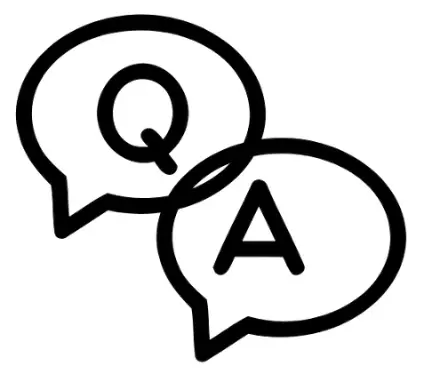Weekly challenge 1
11. Which of the following statements accurately describes Online Transaction Processing (OLTP) and Online Analytical Processing (OLAP) tools?
- Both can analyze data from multiple databases. But Online Transaction Processing (OLTP) tools are optimized for analysis.
- Both are optimized for analysis and processing. But Online Transaction Processing (OLTP) source systems can analyze data from multiple databases.
- Both are optimized for processing. But Online Transaction Processing (OLTP) tools are also optimized for analysis and can analyze data from multiple databases.
- Both are optimized for processing. But Online Analytical Processing (OLAP) tools are also optimized for analysis and can analyze data from multiple databases.
12. What does a design pattern enable business intelligence professionals to accomplish? Select all that apply.
- Aggregate data
- Set user permissions
- Create a model that supports business needs
- Use relevant measures and facts
13. Which of the following statements accurately describe primary keys? Select all that apply.
- Only one primary key can exist in a table.
- A primary key uniquely identifies each record in a table.
- Several primary keys can exist in a table.
- Primary keys can appear as foreign keys in other tables.
14. A dimensional model is a type of relational model that has been optimized in order to achieve what goal?
- Quickly retrieve data from a warehouse
- Avoid redundant data
- Anonymize stored data
- Clean and filter data
15. In a dimensional model, what is used to connect a dimension table to the appropriate fact table?
- Data map
- Foreign key
- Primary key
- Index
17. A business intelligence team is performing a database migration to improve the state of their database schemas. Which of the following activities may occur during their database migration? Select all that apply.
- Splitting existing data fields
- Maintaining data in its original source platform
- Adding new data tables
- Changing data types
18. Which of the following statements accurately describe row-based and columnar databases? Select all that apply.
- Row-based databases are organized by rows; columnar databases are organized by columns.
- In row-based databases, each row in the table is an instance or an entry in the database.
- Columnar databases are often used in data warehouses.
- In columnar databases, it’s necessary to pull data using all of the rows within the table.
Shuffle Q/A 2
19. A business intelligence team is working with a database system that stores and analyzes data in the same place. What type of database system are they using?
- Distributed database system
- Combined database system
- Single-homed database system
- Separated storage and computing system
20. There are four key elements within database schemas. The first is relevant data. What are the other three? Select all that apply.
- Elimination of all database permissions
- Consistent formatting across data entries
- Unique keys for every database entry and object
- Names and data types for each column in each table
